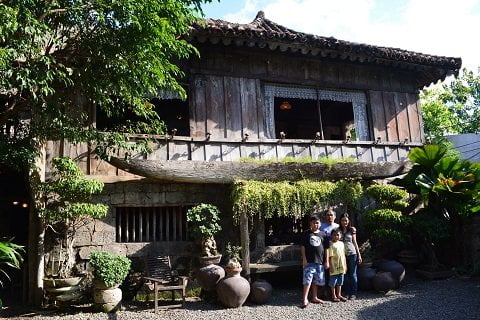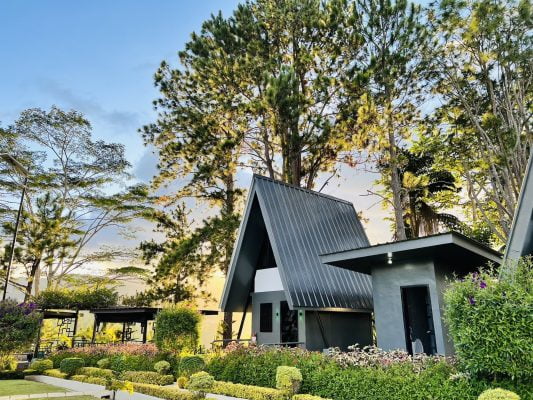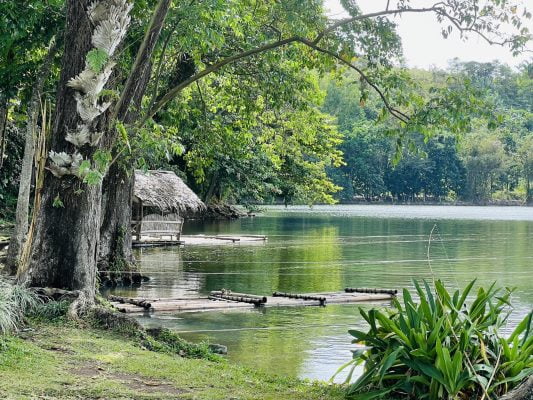
The 17th century Yap-Sandiego Ancestral House in Cebu City is just across the street from the Heritage of Cebu Monument and a few meters away from Colon Street, the oldest street in the Philippines. Chinese merchants built this historic residential home in 1675. Locals believe it to be one of the oldest existing residential structures in the country.
It was in this house that the rich and prominent Filipino-Chinese lived during the Spanish Times. Today, the three-century-old house serves as a museum. Visitors can see lots of religious images, antique furniture, kitchenware, glassware, paintings, and decorative art passed on through eight generations of the family.

Touring the House
Stepping into the house transports you into a different era. The caretaker will orient you to different areas of the house: the first floor, the second floor, and the garden area.
You may take pictures as long as you are careful and not break anything. The first floor stands on the pebble stone flooring, flanked by walls made of wood and coral stones. Paintings and old portraits adorn the walls. Images of the Santo Niño and Virgin Mary stand in one corner and angel sculptures accentuate the wooden ceiling and doors.

The garden or lawn area has an old wishing well and there you’ll also find a wooden boat that now serves as a flower planter. It looked impressive considering the boat once traveled to Mactan Island.
The narra staircase leads you up to the second floor. Do not wear your slippers or shoes as the wooden floor is very clean, shiny, and slippery. The antique furniture and kitchenware piqued my interest. The original builders made red roof from Tisa clay. They also made the wooden parts of the house from Molave which is one of the hardest woods in the Philippines.



It was a bit challenging to get into the master bedroom. The dim old room was very quiet with a big bed covered with white linen, an old mirror, and several religious images. The dim light and the quietness of that old room made it a bit scary, so we joked and asked if it was haunted or something. The caretaker said the family still visit the house and sleep in the master bedroom from time to time as they do not want the place to be abandoned.



A Brief History
This ancestral house was owned by a Chinese trader Don Juan Yap and his wife Doña Maria Florido who had three children. Their eldest daughter Maria later married Don Mariano Sandiego who was the chief of Parian during the Spanish colonial period.
The most recent owner is the famous choreographer and antique collector Val Sandiego, the great great grandson of Maria. This house was once used as a boarding house for students as it is close to colleges and universities. The students occupied several rooms on the second floor, which were later restored to their original state. Several of Cebu’s elites wanted to buy this property but Mr. Sandiego promised not to sell it in his lifetime as a tribute to his forefathers.







